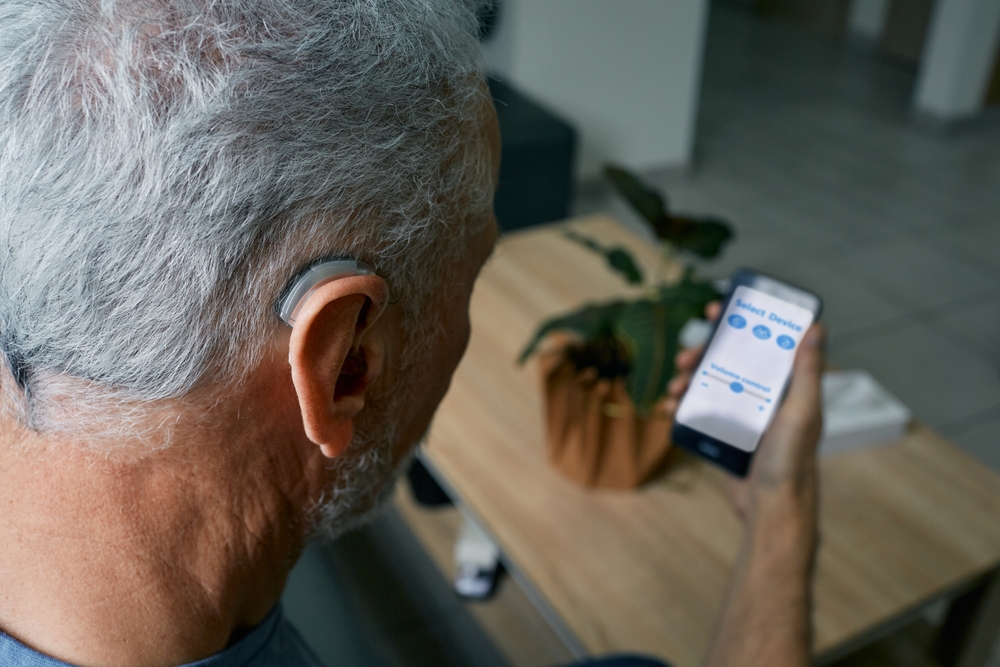After months (maybe even years) of waiting, you’ve finally decided to call the hearing specialist and see if you need hearing aids. Like many, you’ve been resisting this. But the inconvenience, the lost moments, the missing conversations–they all finally became too much.
So it’s a little disheartening when you’re sitting in the hearing specialist’s office and you find out that you’re going to have to wait another two weeks for custom fit hearing aids.
That’s another two weeks dealing with those lost moments before you can even begin to start getting them back. Of course, there is another option: a deceptively simple device add-on, called hearing aid domes.
What are hearing aid domes?
They sound kind of epic, right? Like some kind of arena where hearing aids duel in ancient, mythical combat. Welcome to the Hearing Aid Dome: Two hearing aids enter…but only one leaves!
It’s not quite that exciting. But they are pretty neat. Hearing aid domes are like tiny earbuds that you can place at the end of your hearing aid speaker. Typically made of plastic or silicone, they fit around that little bit that goes inside your ear canal, attaching to the tubing of your hearing aid. They’re made for behind-the-ear or inside-the-ear-canal style hearing aids. And they basically do two things:
- They situate the hearing aid speaker (the bit that you listen to) in an optimal position within your ear canal. And they help secure the speaker in place. That way it’s not wiggling around.
- They can help control the amount of outside sound you hear–especially when that outside sound can interfere with the function of your hearing aid. When used correctly, hearing aid domes provide you with a bit of extra control and work to improve sound clarity.
Domes for hearing aids look kind of like those bulbs at the end of your earbuds. There are multiple hearing aid dome types, so your hearing specialist will help you choose the one that’s best for your needs.
What is the difference in hearing aid domes?
Most come in open and closed styles–each letting in more or less ambient sound.
Hearing Aid Dome Types Include:
-
Open Domes
-
-
- These have openings in the dome that allow more natural sound to pass through and into your ears. This helps your ear process natural sounds along with the benefit of amplification.
-
-
Closed Domes
-
-
- As the name suggests, these domes have fewer openings and block more ambient sound than open domes can. These are better for more advanced hearing loss where ambient noise can be a distraction.
-
-
Power Domes
-
- Power domes completely block the ear canal and have no venting. This means very little to no sound at all can pass into the ear canal. These are most effective for more severe hearing loss.
-
How often should you change your hearing aid domes?
For best effect, you should change your hearing aid domes every 2-3 months (your ears are not the dirtiest place–but they aren’t the cleanest, either).
For most people, hearing aid domes can be worn right out of the box. In fact, that’s one of their primary benefits.
What are the benefits of hearing aid domes?
Hearing aid domes are popular for a wide variety of reasons. The most common benefits include the following:
- Everything sounds a bit more natural: By selecting the right hearing aid dome types, you can ensure that your hearing aids produce a natural overall sound and improved sound clarity. That’s because some sound will still (likely) get through. Again, this depends on the style of dome–and your hearing specialist will help you with this.
- You can hear your own voice: Some hearing aid domes are designed to let a natural amount of sound get through. This means you can still hear your own voice as you naturally would. This makes the clarity of sound feel much more natural–which means you’re likely to wear your hearing aids far more often.
- No fitting time: One of the most popular (and immediate) benefits of hearing aid domes is that you don’t have to wait. You can pop them in and wear your hearing aid right away. This is a perfect solution for people who don’t want to wait weeks for custom fit hearing aids. It’s also great for people who want to try out their hearing aids before they buy them. For patients who want results faster, hearing aid domes can provide a way to accomplish that without sacrificing the quality of your sound clarity.
- Hearing aid domes can be more discrete: Hearing aid domes are pretty small, especially when they’re tucked into your ear. In this way, they can be pretty discrete. And, again, this means many people are more likely to wear those hearing aids more often.
Are there drawbacks of hearing aid domes?
As with any hearing device or medical treatment, there are some drawbacks and tradeoffs to hearing aid domes–tradeoffs you’ll want to consider before making a decision. Among the most common are the following:
- They can sometimes be uncomfortable: Some people don’t like the feeling of something filling their ear canal. Hearing specialists call this feeling “occlusion,” and some people can find it intensely uncomfortable. Additionally, if you pull your hearing aid dome out too quickly (or don’t clean it often enough), there’s the chance that it may separate from the tubing and get stuck in your ear canal. If this happens, you’ll likely need to see your hearing specialist to get it removed.
- They can sometimes be more prone to feedback: Feedback isn’t necessarily common, but it can happen. This is especially true for those who have high-frequency hearing loss.
- Not suitable for all types of hearing loss: For example, if you have profound hearing loss or high frequency hearing loss, hearing aid domes may not be the best option for you. For those with high-frequency hearing loss, again, it’s the feedback that becomes the problem. For those with profound hearing loss, it’s really the hearing aid itself that’s the problem: you’ll need something that’s bigger and which has more power than the types typically associated with hearing aid domes.
Should I use hearing aid domes?
Ultimately, the decision of whether you should use hearing aid domes or not is mostly a personal one. It’s between you and your hearing specialist. And your hearing specialist will be able to walk you through all the pros and cons related to your unique hearing health.
For some people, it might be worth waiting the extra two weeks for a custom-fit device. For others, the immediate results of hearing aids you can wear today will create healthy, lifelong hearing habits.
The nice thing is that you’ve got options.
Find a provider in your area to schedule an appointment by searching providers near you.



